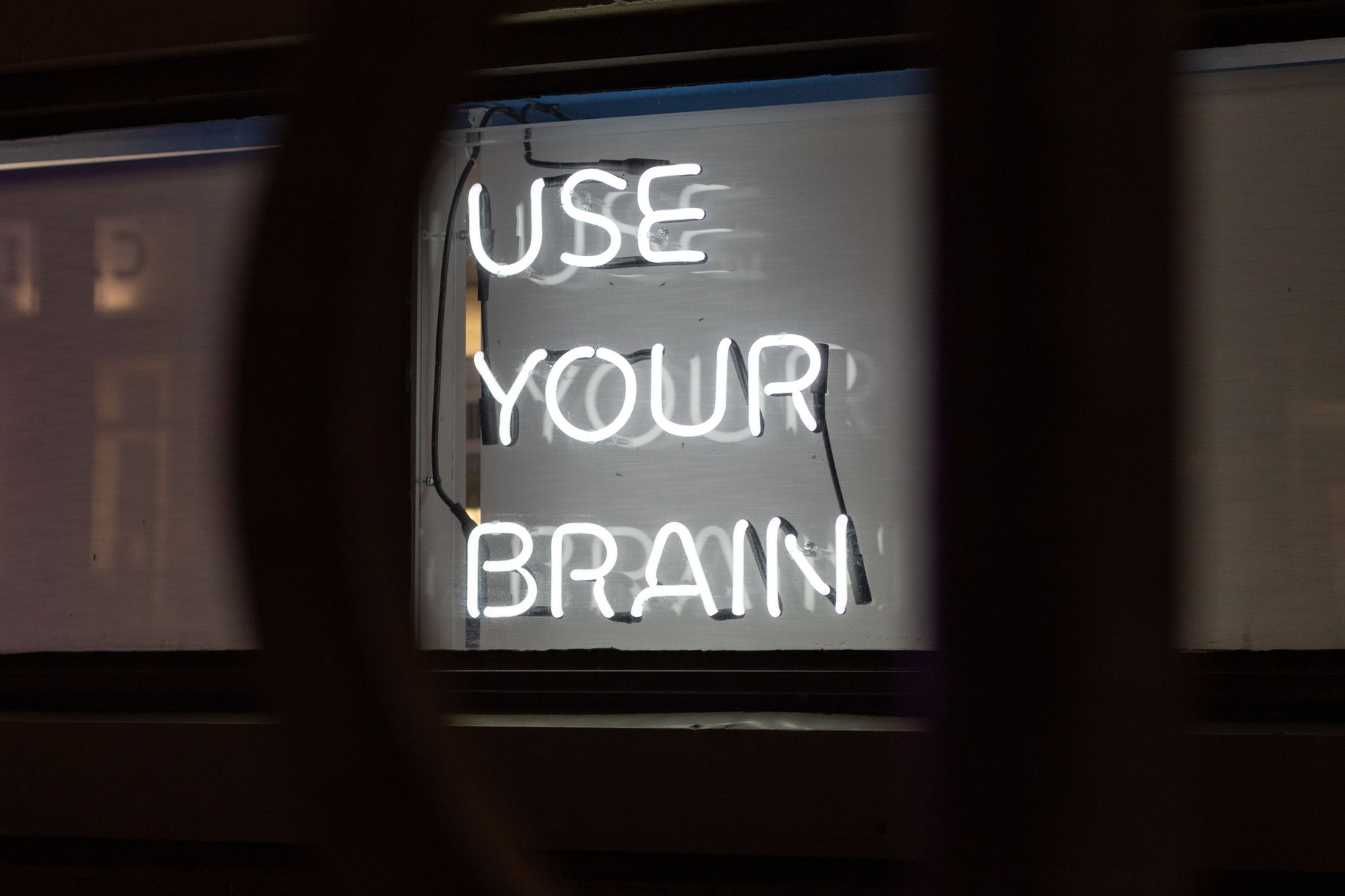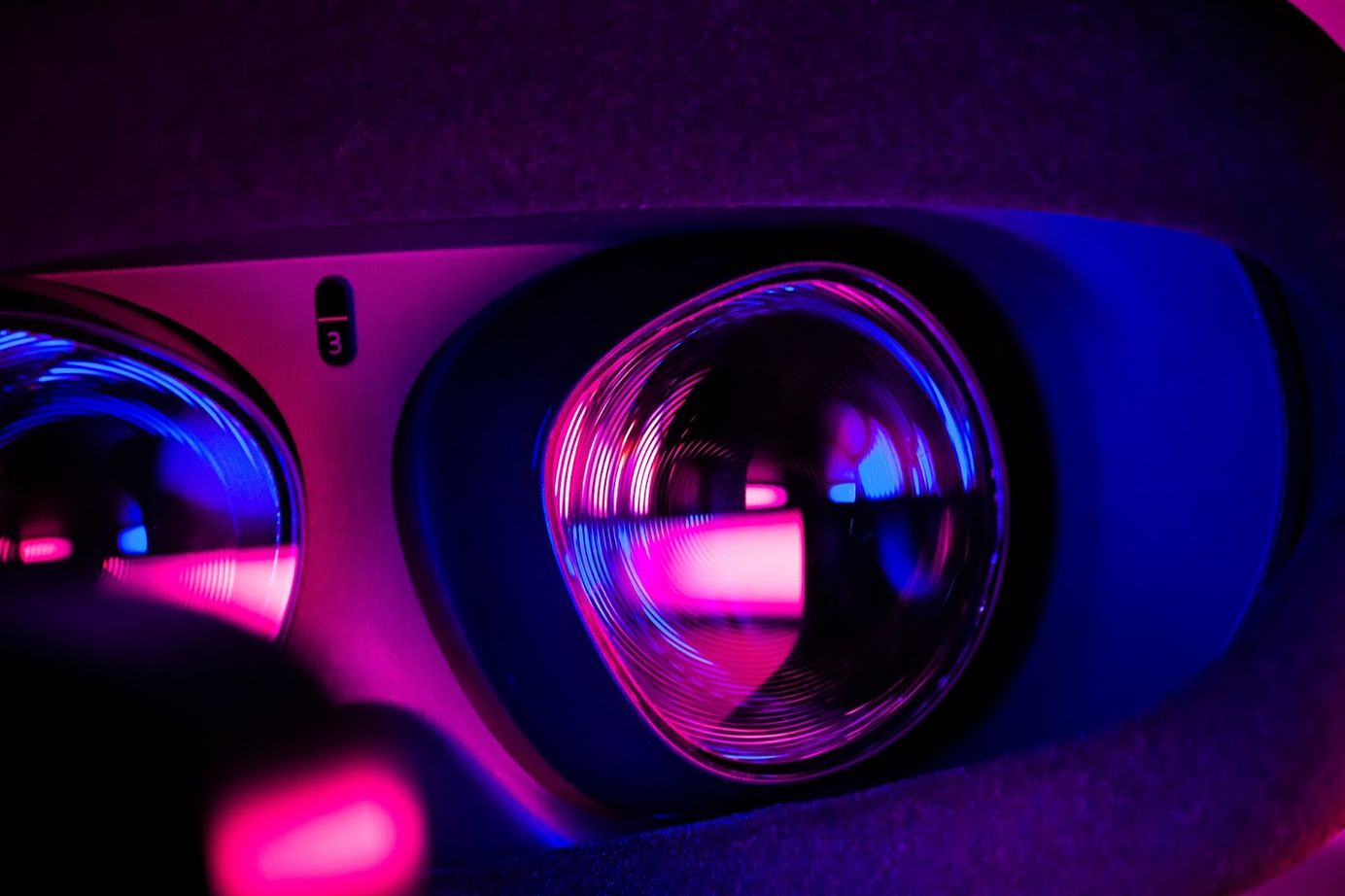
Enhancing the Brain: A Smart Plug and Play System
Have you ever wondered what’s inside your head? What makes you able to think and memorize, feeling happy or sad, seeing or hearing, breathing or moving, and even more perceiving the temperature, thirst, or hunger.
“Whose brain did you put in him?” - “Abby… Normal. Yes, that’s it, Abby Normal!” - ”Are you saying that you put an abnormal brain in a 7 foot tall, 54-inch wide GORILLA!!!???”
What an intriguing way to open this article series on Supernatural: No More Sci-Fi, Human Enhancement Is Now Real by citing a few sentences from the famous and funny American comedy horror movie Young Frankenstein.
This article will focus on discussing innovative methods to enhance human brain functions. Whether it’s about experiments and applications in the Labs, in hospitals, at home, or in the market. From neurostimulation, brain-computer interfaces, to microchips approaches. To rehabilitate or to improve functions beyond limits. Your curiosities on brain enhancements will all be covered, and as I have already mentioned, the dream of Dr. Frankenstein to hack the brain will come true.
Nevertheless, to help you digest, appreciate and memorize this piece of science, this article will be divided into two parts. But let’s start diving into it now!
The brain: the most crowded central station
Have you ever wondered what’s inside your head? What makes you able to think and memorize, feeling happy or sad, seeing or hearing, breathing or moving, and even more perceiving the temperature, thirst, or hunger. Well, that’s your brain; the most complex system in charge of controlling and regulating any single process of your body, that together with the spinal cord forms the central nervous system (CNS).
In the average adult, the brain weight is about 3 pounds and its composition mostly consists of fat (60%) and the remaining content (40%) is a mixture of water, protein, salts, and carbohydrates. I still laugh, remembering my professor at the university saying: “the brain composition can be compared to a sandwich with tuna fish!” Nevertheless, contrary to common myths, the brain is not a muscle; instead, it contains blood vessels, nerves, neurons, and glial cells. Grey and white matter are also two different regions of the CNS serving different functions; processing information and transmitting them, respectively.
You can think of the brain as a central station in which multiple information is received, analyzed, and transmitted; indeed, it consists of more than 100 billion nerves that communicate in trillions of connections called synapses; if you think, subways in New York are not that crowded indeed!
Characterized by several specialized areas that interact together, the brain is mainly divided into the cerebrum, brainstem, and cerebellum. Moreover, it can be further split into two hemispheres, connected by the corpus callosum. Each hemisphere is in turn divided into four lobes; the frontal, parietal, temporal, and occipital, each responsible for specific functions. The brain is also composed of deeper subcortical structures necessary for vital and complex functions such as memory, hormone production, emotion, and pleasure. And thanks to multiple blood vessels supplying oxygen and blood, the brain can support its functionality. In fact, although it represents only 2% of the entire body weight, to properly function it requires constant oxygen while consuming 20% of the body’s oxygen supply; an unstoppable machine.
Despite this very shrunken neuroanatomy description, the importance of understanding each brain location and respective functionality is extremely relevant, particularly when implementing neurorehabilitative treatments or even when boosting functioning beyond the normal range.
Familiarity and acceptance: two words for a change
Hacking the brain might sound like an unimaginable sci-fi scenario, although the availability of brain implants is becoming a tangible opportunity and effective in improving cognitive functioning. Indeed, Elon Musk has already suggested Neuralink; a brain chip to enable the control of devices in which thoughts can be directly connected to Apps while performing certain tasks. However, the acceptance and implementation of such devices for non-medical purposes remains doubtful. Indeed, neuroprosthetics is mostly implemented in the clinical setting, such as Cochlear implants in deaf people, or to support the control of movements in Parkinson’s disease patients. But what if such chips would be used to generate supernatural brains?
The Pew Research Center survey investigated the opinion of adopting such brain implants outside the medical purpose, in the perspective of enhancing information processing and concentration beyond normal. However, the majority of Americans that took part in the survey expressed their doubts and worries regarding the adoption of such technology outside medical purposes, and also considered it morally unacceptable. Indeed, just a third were enthusiastic about this possibility. Interesting was the fact that the acceptance of this technology was mostly based on the level of familiarity in implementing such devices to improve brain functioning. Moreover, religious factors were considered negatively correlated with the acceptance of such chips.
Brain implants are expected to make a change in society, although many forecast negative perspectives. In fact, the majority of Americans were against the opportunity to enhance cognitive performances beyond natural but were willing to accept such devices only if implanted temporarily and under any form of control. However, despite the advantage that brain enhancement interventions could bring even in healthy individuals, respondents foresee more drawbacks than benefits when welcoming these types of technologies in society.
More knowledge and awareness to promote acceptance? That’s a matter of discussion.
Neuroenhancement: from theory to practice
In the field of cognitive neuroscience, the term “neuroenhancement” was coined referring to the implementation of specific techniques, aimed to enhance cognitive performances, such as attention, perception, memory, and other functions supporting daily living tasks (1). After several years of experimentation, different methods were proposed to boost cognition in healthy individuals but also in neurological or psychiatric patients by directly targeting the human brain. Among these transcranial direct current stimulation (tDCS), transcranial magnetic stimulation (TMS), deep brain stimulation (DBS), neurofeedback (NF), behavioral training techniques, and other approaches combined with neuroimaging were developed. However, despite the observation of positive effects, comparison among studies appeared controversial due to the lack of standard protocols and experimental procedures misleading the validity and reliability of these results (1).
Hacking the brain to enhance it: a disease treatment or D.I.Y product?
In the second part of this article on brain enhancement, real science will come into play. Several studies in which neurostimulation techniques were applied to patients to improve cognitive functions will be discussed. From BCI and tDCS to innovative wireless solutions. From dementia, ADHD, stroke, fibromyalgia to “locked-in” patients and much more.
And just in case you were wondering about boosting your brain easily, affordably, and safely, an overview of a few D.I.Y home products to enhance brain performances will be given. From Labs and hospitals directly to your home; there is always the proper solution for all your nerdy needs!
“People have wanted to look inside the human mind, the human brain, for thousands of years.” (Christopher deCharms)
Leaving you with this quote, I hope to stimulate your curiosity and enthusiasm while looking forward to the next part of this article… See you there!

References:
Clark, P. V. & Parasuraman, R. (2014). Neuroenhancement: Enhancing brain and mind in health and in disease, NeuroImage, 85, 3, pp. 889-894. DOI: https://doi.org/10.1016/j.neuroimage.2013.08.071.
If you don’t want to miss the second part of this article on enhancing the brain, be sure to subscribe here. We'll email you the second part next week along with other stories.
ExO Insight Newsletter
Join the newsletter to receive the latest updates in your inbox.









